A beginner’s guide on how to calculate payroll budget
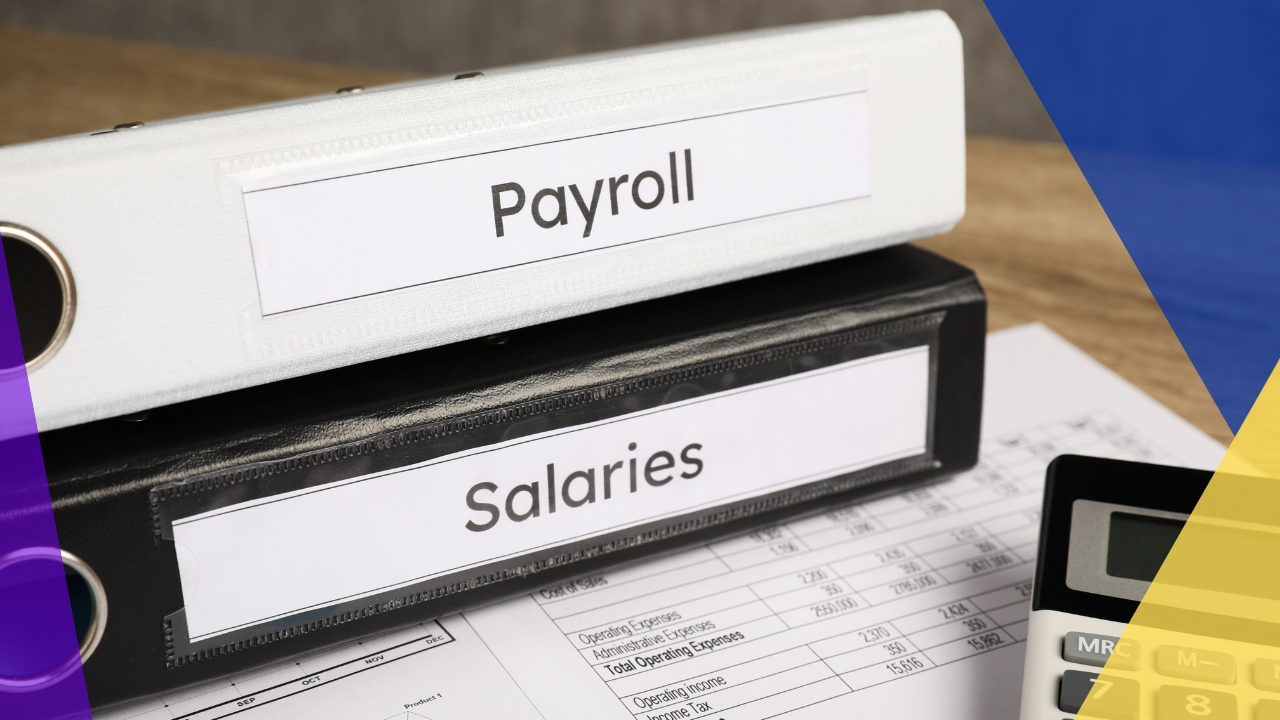
Calculating a payroll budget accurately is essential for improving business efficiency and supporting long-term financial planning.
A payroll budget acts as a financial roadmap. It outlines the total funds an organization allocates for employee salaries, wages, taxes, and mandatory benefits each pay period.
When done properly, it helps manage labor costs and ensures employees are compensated fairly and consistently.
As businesses grow, so does the complexity of managing payroll. This has led to a rise in the adoption of enterprise payroll software, as more companies seek to streamline and automate the budgeting process.
An accurate, well-optimized payroll budget plays a key role in maintaining financial stability and achieving both short-term goals and long-term objectives.
In this article, we’ll explore this and how to calculate payroll budget.
What is a payroll budget?
A payroll budget is a comprehensive plan that estimates all costs related to workers’ compensation and all of its benefits, such as wages, bonuses, and benefits.
It also accounts for mandatory employer contributions such as payroll taxes, insurance, and other government-mandated deductions, ensuring compliance with labor laws and regulations.
Preparing a payroll budget comprises a review of previous payroll expenditures and using them as a baseline for future planning.
It allows internal or outsourced accounting staff to make specific adjustments for elements like overtime and other expenses related to employee assistance.
As an organization’s blueprint for financial activities, knowing how to calculate payroll budget will help explore smarter ways to save costs while ensuring the welfare of employees.
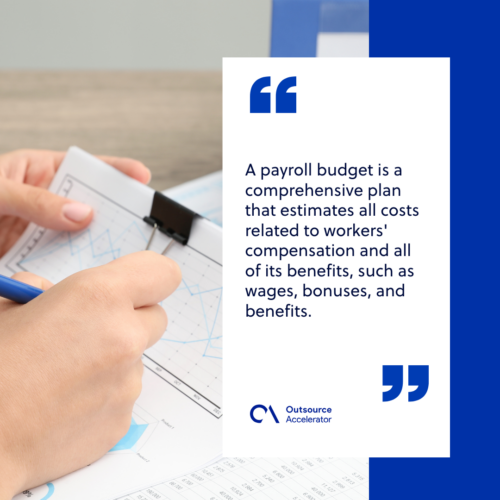
Advantages of accurately calculating the payroll budget
Understanding how to calculate payroll budget promotes financial stability, operational efficiency, and employee satisfaction.
A comprehensive payroll budget helps optimize labor spending, ensures timely payments, and streamlines internal processes—all of which contribute to better business performance.
Here are the key benefits of getting it right:
1. Improved financial planning and regulatory compliance
A well-structured payroll budget helps businesses allocate resources more effectively, ensuring that wage obligations and other operational costs are met without financial strain.
It also ensures compliance with tax laws and labor regulations, reducing the risk of penalties due to late or incorrect payments.
2. Enhanced employee satisfaction
Payroll issues, such as delayed payments or miscalculation,s are among the most common complaints employees raise.
Accurate and timely payroll budgeting builds trust and boosts morale, as employees know they will be paid correctly and on time.
To support this, many businesses now automate payroll processes to improve accuracy and efficiency.
3. Cost control and forecasting
Knowing how to calculate payroll budgets is an advantage that can help companies anticipate future expenses, adjust workforce composition, and optimize labor costs.
For instance, budgeting can highlight the potential benefits of outsourcing repetitive tasks—freeing up in-house staff for more strategic, high-value work and ultimately reducing overall labor costs.
5 Steps to calculate payroll budget
Creating a payroll budget can be a complex and detailed task. It requires accuracy, collaboration across departments, and often the support of technology like Human Resource Information Systems (HRIS) to ensure up-to-date employee data.
Here’s a step-by-step guide to help you calculate your payroll budget accurately:
Step #1: Prepare a Complete Employee Roster
Start by listing all employees in your organization, including:
- Full-time and part-time staff
- Contractual or job order workers
- Outsourced personnel
For each employee, include relevant details such as their position, department, employment type, and pay structure (monthly, hourly, etc.). These details are essential for calculating accurate compensation.
Many large companies use SaaS-based payroll systems to streamline this process and ensure real-time updates.
Step #2: List down the payroll components
List down all the components that contribute to total employee compensation. These may vary depending on job roles, employment type, and company policy.
Common payroll components include:
- Base Pay: The fixed salary or hourly wage stated in the employment contract.
- Commissions and Bonuses: Performance-based rewards, annual bonuses, target incentives, and recognition bonuses.
- Benefits: Includes health insurance, paid time off, transportation and communication allowances, particularly for sales roles.
- Overtime Pay and Taxes: Compensation for extra hours worked and mandatory deductions such as income tax, social security, and unemployment insurance.
- Promotions and Salary Increases: Budget allocations for performance-based raises or annual increments to stay competitive and retain talent.
Step #3: Calculate and plot per-employee costs
With all components defined, plot the relevant data per employee using a spreadsheet or payroll software. Ensure that only applicable items are included based on each employee’s role and status.
This step is where calculations begin, so accuracy is critical to avoid future discrepancies.
Step #4: Review and forecast the hiring requirements
A good payroll budget doesn’t just reflect current spending—it also anticipates future needs. Review business goals and operational plans to forecast whether new hires will be needed.
Use this insight to adjust your budget, accounting for additional salaries, onboarding costs, and potential benefits for incoming employees.
Step #5: Monitor and adjust the payroll budget accordingly
Learning how to calculate and properly manage your payroll budget can significantly affect a company’s determination of its financial status and capability.
It will guide you in setting goals and making more informed decisions, like determining the need to adjust the budget to allocate additional costs for hiring new employees to expand operations.
Whether adding or maintaining the number of your workforce, giving them all the benefits and other applicable payroll components is a better way to make them feel acknowledged.
Integrating process automation in payroll budget creation
Process automation makes payroll budget calculation more convenient. It speeds up data recording and analysis, strengthening accuracy and efficiency.
Automated payroll budget systems also reduce the risk of manual errors while streamlining the process, specifically encoding information. They ensure timely payments while reducing administrative tasks.
By leveraging automation, businesses can optimize labor expenses and gain more control over their financial activity. It helps companies adhere to regulatory compliance for seamless payroll management.
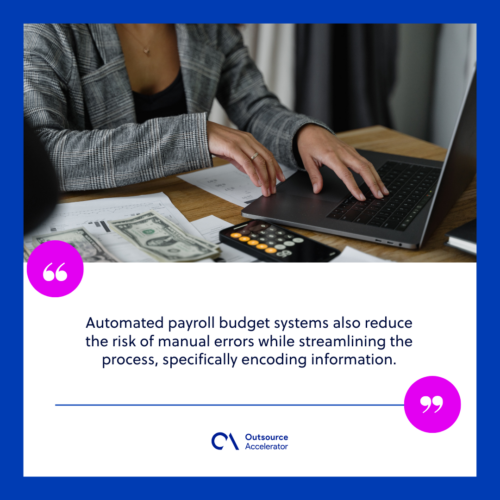
Technology’s role in scaling the payroll budget process
Technological advancements shape how the payroll budget process improves over time. In addition to process automation, other services like software applications are available to level up payroll management.
Beyond automation, modern payroll management now involves a wide range of software solutions that enhance functionality and integration.
Many organizations work closely with software developers to build or customize payroll systems tailored to their operational structure. These include:
- AI-powered tools for forecasting and anomaly detection
- Cloud-based platforms for centralized access and collaboration
- Integrated HR and accounting systems for seamless data synchronization
While understanding how to calculate a payroll budget is crucial, combining that knowledge with the right technology enables smarter decision-making, better compliance, and long-term scalability.

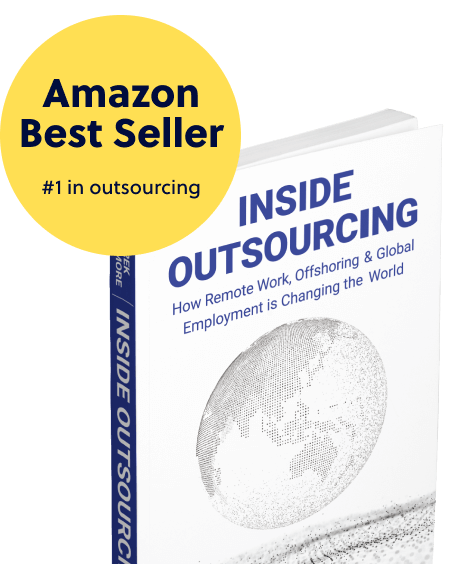



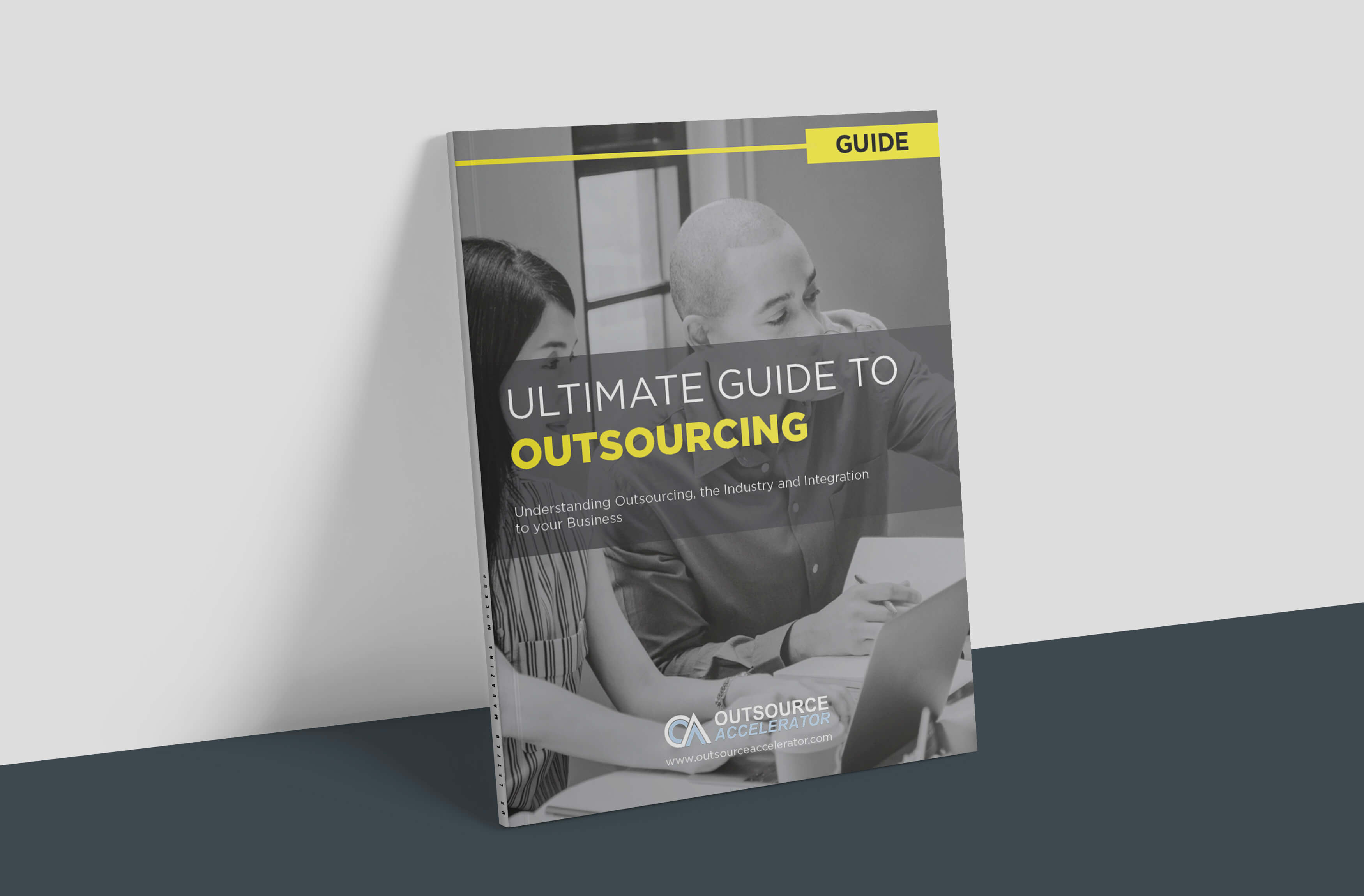

 Independent
Independent




